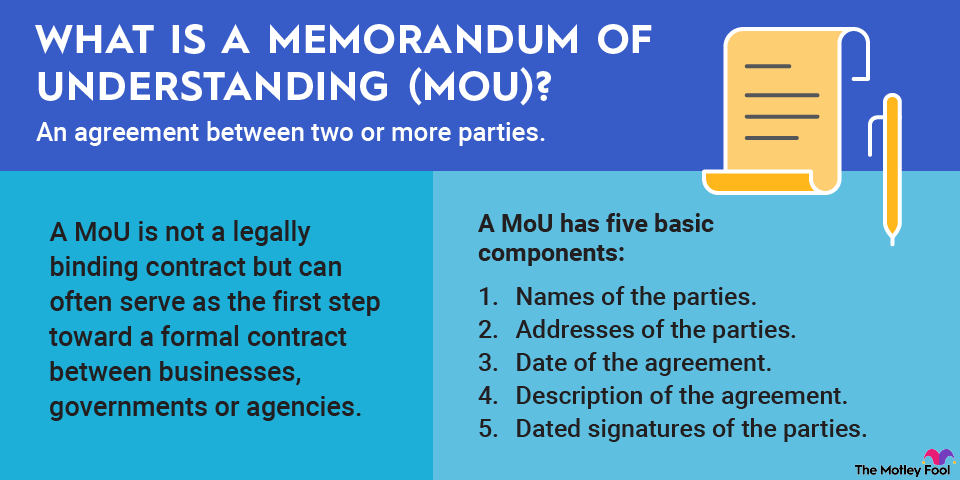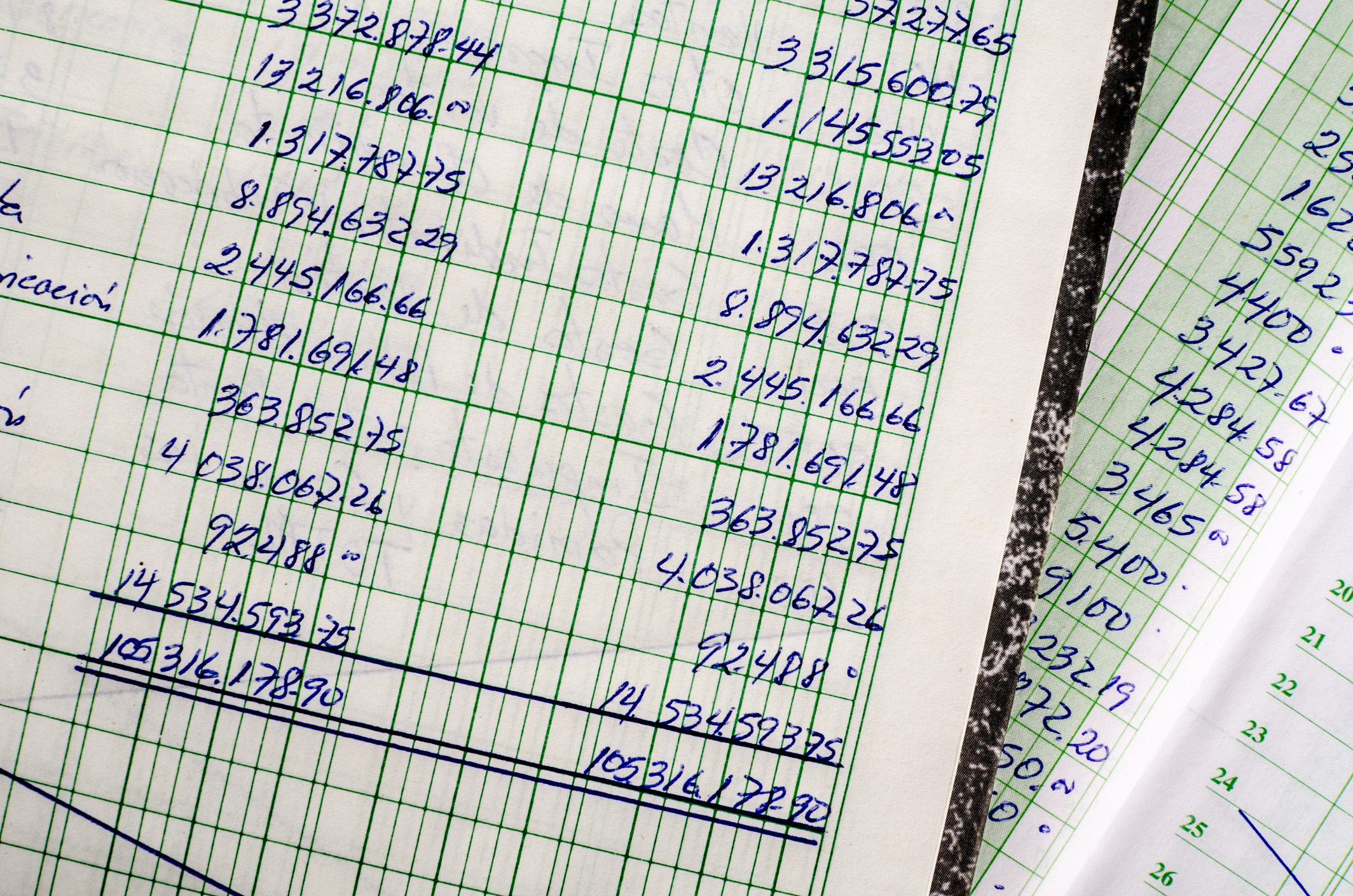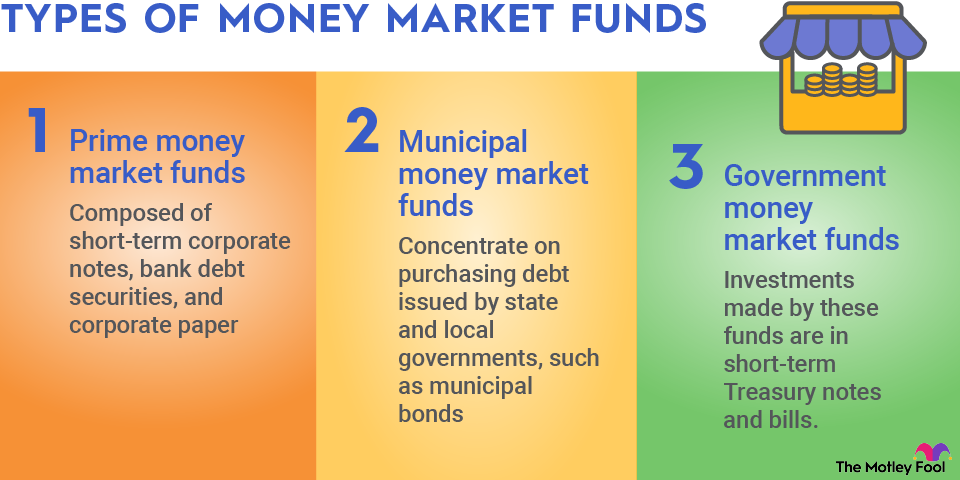The discount rate is another example; it is the interest rate the Federal Reserve charges banks and other financial institutions on loans. A lower discount rate encourages banks to borrow more money, while a higher discount rate has the opposite effect.
Open market operations
Open market operations refer to the sale and purchase of securities on the open market, and is where the name Federal Open Market Committee comes from. Open market operations have always been a tool available to the Federal Reserve but have been used much more in the years since the global financial crisis in 2008.
When the Federal Reserve is buying long-term securities on the open market, the goal is to create downward pressure on interest rates and boost economic activity. In the case of the financial crisis aftermath, the near-zero federal funds rate wasn’t having the desired economic effect all by itself, so the Fed decided large-scale open market purchases were the best way to go.
Open market operations are also used to control the federal funds rate. The FOMC will set a target range for the benchmark interest rate (4.75% to 5.00%, for example) and will use open market operations to manipulate the actual rate within this range.
Reserve requirements
The Federal Reserve is authorized to create reserve requirements for banks and other financial institutions. Higher reserve requirements are considered to be tighter monetary policy.
To be sure, this is not an exhaustive list of the tools the Federal Reserve has available to create monetary policy, but they are some of the most effective and frequently used.


















